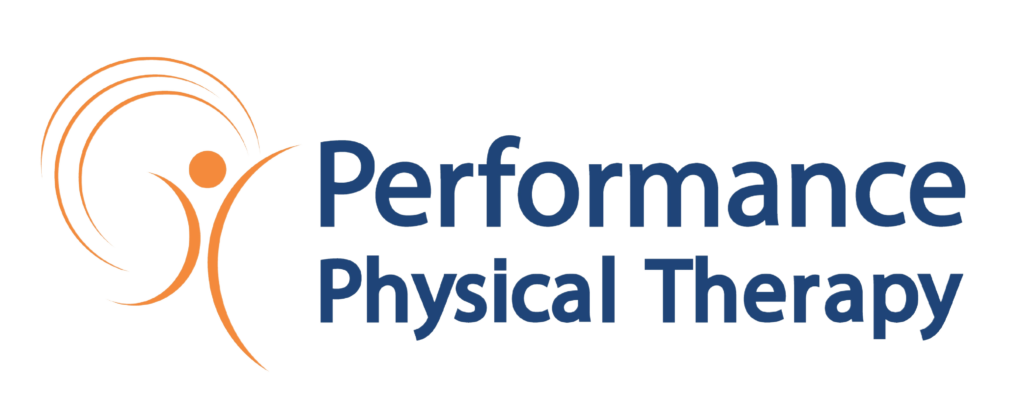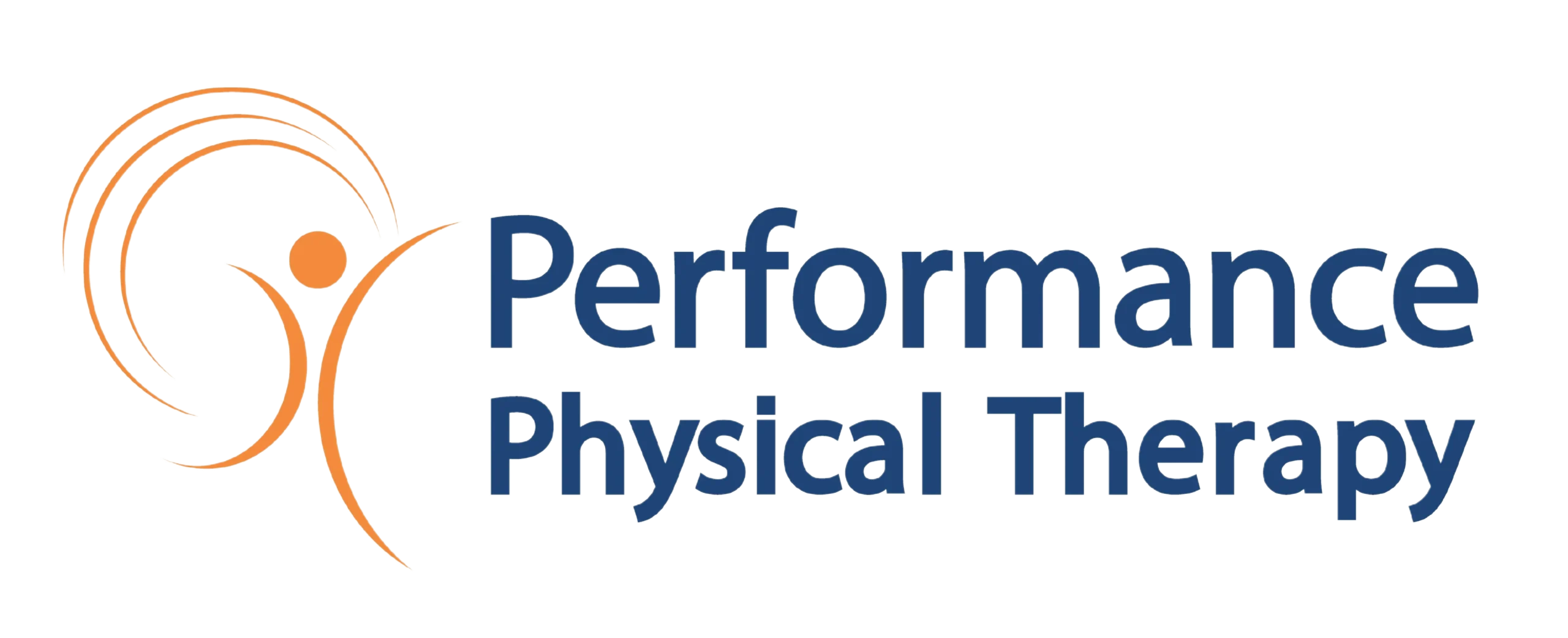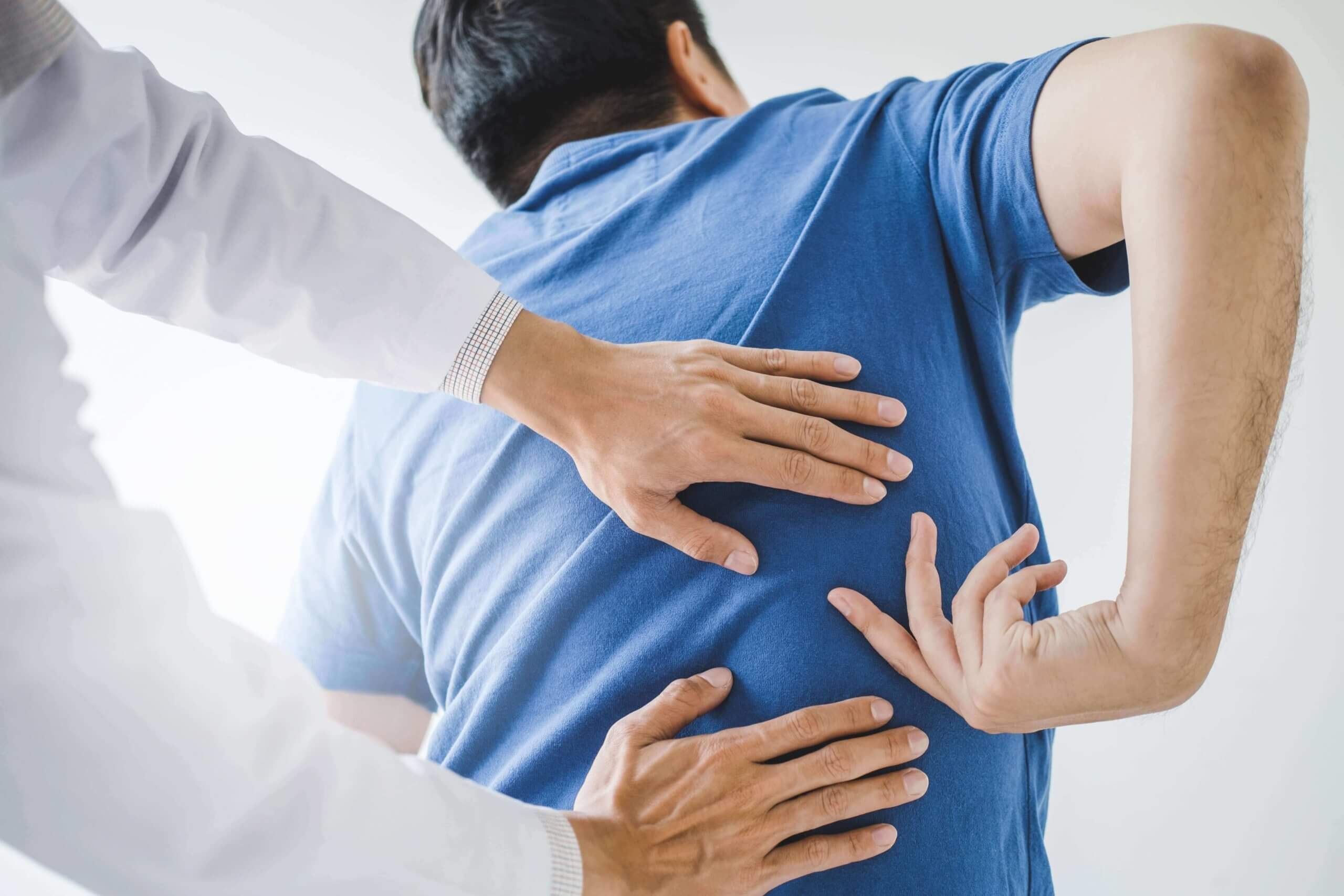Lower back pain is a very common symptom that affects 60-70 percent of people in developed countries. It can also severely restrict many aspects of your day-to-day life. Working, doing your favorite activities, spending time with friends and family, or even simply relaxing can be difficult if you suffer from lower back pain. It is the leading cause of adult inactivity, and if left untreated, it can lead to other health problems. According to the World Health Organization, 149 million days of work are lost each year due to lower back pain.
If you are experiencing lower back pain, it is critical that you seek treatment as soon as possible. Contact our office today to learn how our services can relieve your pain and get you back to living your life comfortably.
PT treatments for lower back pain:
A physical therapist helps patients relieve pain and regain function. This is accomplished by encouraging healing in the affected area and utilizing targeted exercises to restore function and movement. Then, when you come in for a consultation, your physical therapist will conduct a thorough evaluation to determine what type of treatment is best for your condition.
Physical therapy is classified into two types: passive therapy and active therapy.
1. Passive physical therapy
Pain can be managed with passive therapy. The primary goal of passive therapy is to eliminate pain completely, making the rest of your treatment program easier. Because lower back pain can impair your physical abilities, passive therapy works to alleviate that pain in order to improve your physical abilities. Passive therapy can consist of any combination of specialty treatments, including but not limited to:
- Manual therapy.
- Massage.
- Ice and heat therapies.
- Dry needling.
- Ultrasound.
- Hydrotherapy.
- Electrical stimulation, such as TENS Units.
- Iontophoresis.
2. Active physical therapy
Active therapy concentrates on specific exercises and stretches to improve function in the affected area. Many active physical therapy treatments are designed so that the patient can do them on their own after their PT sessions are finished. When your lower back pain has subsided sufficiently for your physical therapist to believe you are ready for active physical therapy, he or she will devise an exercise program tailored to your specific needs. Any combination of strength training, stability training, and stretching may be used. These exercises will help you recover by providing support to the painful area and guiding you further in your recovery process. Active therapy is designed to assist you in regaining muscle strength, flexibility, and range of motion.
What to expect from your visit
Your physical therapist will conduct a thorough physical evaluation during your initial consultation to determine the best course of treatment for your specific needs. You’ll also talk about your medical history, lifestyle, and any other symptoms you’re having.
Following the completion of your evaluation, your physical therapist will create an individualized treatment plan for you, beginning with passive physical therapy and progressing to active physical therapy. You may also be given exercises to do at home while you are not receiving treatment. All of this is done to reduce pain, prevent further injury, and provide you with the quickest recovery time possible.
If you’ve been experiencing aches and pains, don’t wait any longer – take a stand against your lower back pain today. Make an appointment with Performance Physical Therapy to get started on your road to recovery and relief!


